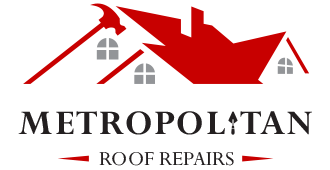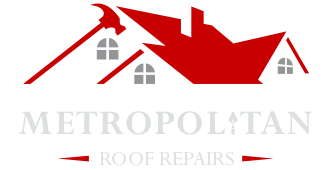What to Do If Your Roof Is Leaking
If you’ve noticed water dripping from your ceiling, act fast before the damage worsens. Here’s what to do immediately:
- Move furniture and valuables away from the leak to prevent damage.
- Place a bucket under the leak to catch water and reduce further spreading.
- If safe, inspect your roof for obvious damage such as missing shingles or clogged gutters.
- Call a professional roofing expert to assess and repair the damage before it gets worse.
Now, let’s look at 7 key tips to help repair and prevent roof leaks. Each of these tips focuses on proactive measures to address leaks before they become major issues, saving you both time and expensive roof repairs in the long run.
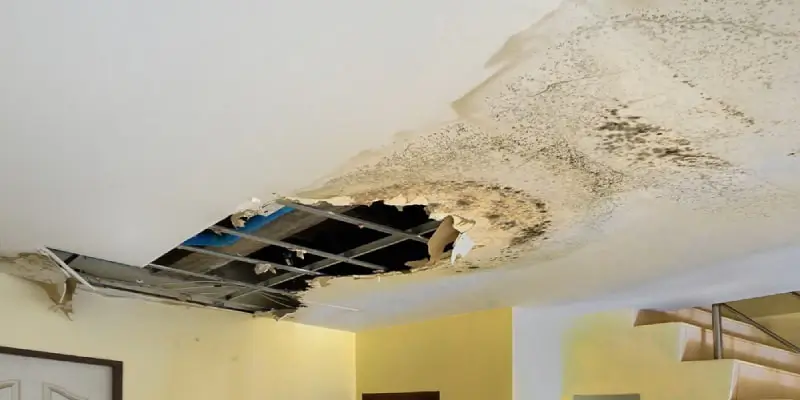
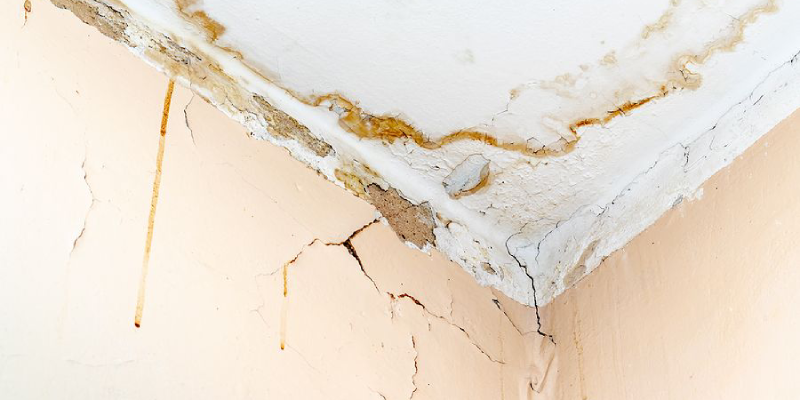
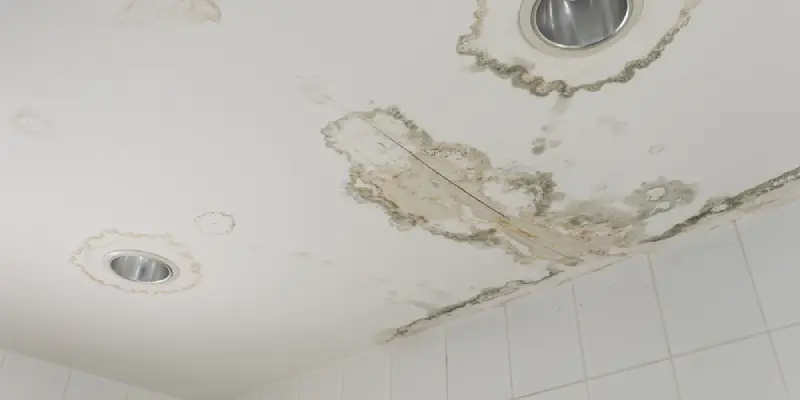
Essential Roof Repair Tips to Prevent Leaks
Taking proactive steps to maintain and repair your roof can prevent costly water damage and extend the lifespan of your home’s structure.
1. Inspect & Fix Broken or Missing Shingles
Shingles (roof tiles) are exposed to harsh weather and can break or go missing. Gaps in the tiles allows water to seep underneath. If the waterproof membrane (roof sarking) beneath them is damaged or missing, leaks become inevitable. Even small cracks or gaps in the shingles can allow moisture to accumulate, leading to long-term structural damage and costly repairs.
Signs of shingle damage:
- Cracked, curled, or missing shingles.
- Granules collecting in gutters.
- Water stains on ceilings or walls.
✅ Fix: Regularly check for damaged shingles and replace them to prevent water infiltration. If you’re unsure about the condition of your shingles, consult a roofing repairman for a thorough inspection.
2. Keep Gutters Clean to Prevent Water Buildup
Blocked or deteriorated gutters cause water overflow. You’ll see this during heavy rain when you notice water pouring down from your gutters. Water overflow can seep directly into your home’s foundation or roof structure, leading to major damage. When water cannot flow freely through the gutters, it can back up onto the roof and penetrate weak spots, causing leaks and internal water damage. Roof repairs caused by internal leaking can be very expensive to repair.
Signs of clogged gutters:
- Water spilling over the sides of gutters.
- Pooling water near your home’s foundation.
- Mould growth on interior or exterior walls.
✅ Fix: Clean gutters every 3-6 months, especially after heavy storms. If gutters are cracked or sagging, they may need repairs or complete gutter replacement. Installing gutter guards can also help reduce the accumulation of debris and improve drainage.
3. Check Flashing Around Roof Edges & Skylights
Flashing is a protective material that seals vulnerable areas like chimneys, skylights, and vents. When it deteriorates or cracks, water can easily seep in. Even a small gap in flashing can let moisture enter your home, leading to serious leaks over time.
Signs of flashing issues:
- Visible cracks or rusting on flashing.
- Water stains or damp patches around chimneys or skylights.
- Loose or missing flashing pieces.
✅ Fix: Inspect flashing during routine roof checks and reseal or replace it if any damage is detected. Applying waterproof sealant can provide an added layer of protection against moisture penetration. We recommend having a complete roof inspection at least once every 12 months. Roof inspections can catch most roof problems well in advance and save you large sums of money as a result.
4. Identify Signs of Poor Roof Installation
If you’re experiencing leaks within the first few years of a roof installation, the cause may be improper workmanship. Sadly we see incorrectly installed roofs quite often. Poorly aligned shingles, gaps in the underlayment, or improper sealing can result in persistent leaks that will worsen over time.
Signs of a poor roof installation:
- Uneven shingles or gaps between them.
- Water pooling in certain roof areas.
- Frequent leaks even in mild weather.
✅ Fix: If you suspect poor installation, get a second opinion from a professional roofer to assess the structure and recommend necessary repairs. A quality roof should provide years of protection, so addressing installation issues early can prevent costly future repairs. At Metropolitan we provide a 10-year guarantee on all roof repairs, ensuring your peace of mind.
5. Monitor Roof Aging & Schedule Regular Maintenance
Roofs weaken over time, especially if they haven’t been properly maintained. An old roof with cracked tiles or deteriorating underlayment is highly vulnerable to leaks. Older roofing materials become brittle, increasing the chances of cracks and moisture infiltration.
Signs of an aging roof:
- Brittle or cracked shingles.
- Dark patches or sagging areas.
- Increased frequency of leaks.
✅ Fix: Schedule regular roof inspections every 1-2 years to identify and address minor issues before they become costly repairs. Replacing individual tiles or reinforcing weak areas can extend the life of your roof significantly.
6. Watch for Signs of Water Damage & Mould Growth
Moisture buildup in your roof can cause mould, mildew, and wood rot, weakening the entire structure. Over time, unchecked moisture exposure can lead to serious health hazards for occupants due to airborne mould spores.
Signs of water damage:
- Damp spots on ceilings and walls.
- Mouldy smells inside the house.
- Dark streaks or spots on roof shingles.
✅ Fix: If you notice any of these signs, act immediately by addressing the source of moisture and scheduling a professional roof inspection. Repairing roof leaks early can prevent extensive damage and ensure a healthier home environment.
7. Get Professional Roof Inspections & Maintenance
Many roof leaks are preventable with proactive maintenance. Just like a car needs regular servicing, your roof requires routine check-ups to stay in good condition. Neglecting maintenance can lead to leaks developing unnoticed, causing widespread damage before you even realise it.
Why regular maintenance is essential:
- Prevents small issues from turning into costly repairs.
- Extends the lifespan of your roof.
- Helps detect hidden leaks before they cause major damage.
✅ Fix: Schedule a professional roof inspection at least once a year to identify vulnerabilities and make timely repairs. Investing in regular check-ups now can save you thousands of dollars in future roof replacements.
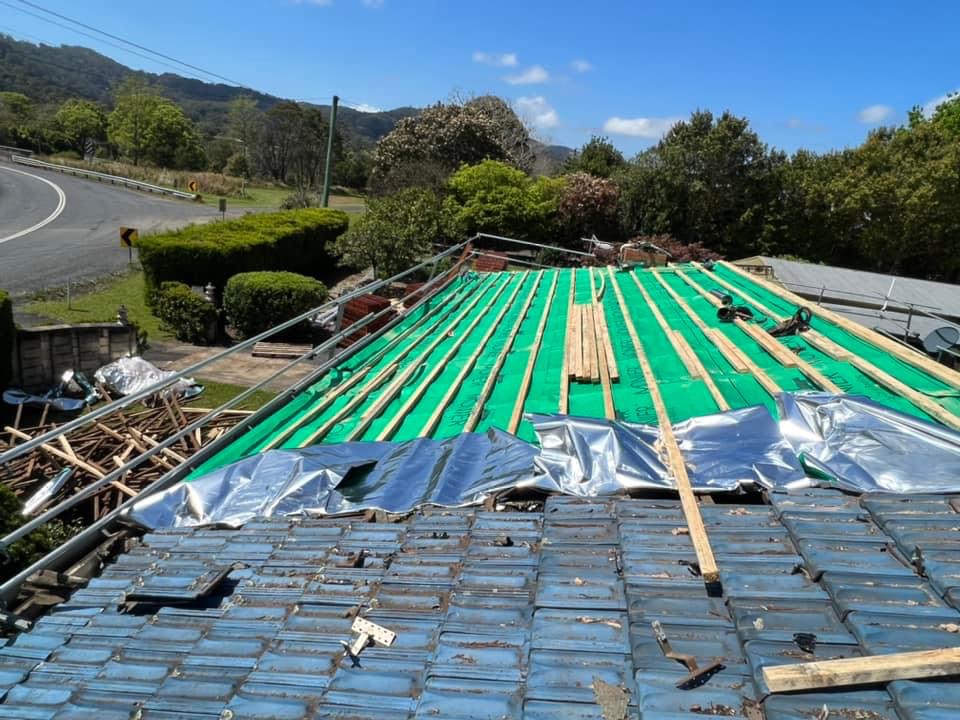
Protect Your Home from Roof Leaks
A leaking roof can cause significant damage if left untreated. By taking proactive steps and scheduling regular inspections, you can avoid costly repairs and keep your home dry and safe. Don’t wait until it’s too late—small leaks can quickly turn into major structural issues.
🔧 Need fast roof repairs? We offer 24/7 emergency roof repairs in Melbourne. Contact us today for a professional inspection and roof repair solution!
FAQ
How much does it cost to fix a leaking roof?
The cost of fixing a leaking roof varies depending on the extent of the damage, the materials needed, and labor costs. Minor repairs such as sealing small leaks or replacing a few shingles may cost between $200 to $500. More extensive repairs or full roof replacements can range from $1,500 to $10,000 or more. It’s best to get a professional inspection and quote to determine the exact cost for your situation. For a detailed breakdown of roof repair costs, check out our how much do roof repairs cost in Melbourne guide.
Can I repair my own roof?
While some minor maintenance tasks like gutter cleaning can be done safely, roof repairs should be approached with caution. Climbing onto a roof without the proper safety gear and experience can be extremely dangerous. If you suspect a leak, it’s best to inspect it from the ground or inside your attic. For any significant repairs, hiring a professional Melbourne roofer ensures the job is done safely and effectively, preventing further damage and personal injury.
What is the best treatment for a leaking roof?
The best treatment depends on the cause of the roof leak. If the issue is damaged shingles, replacing them is the best solution. For minor leaks, roof sealants or waterproof coatings can help. However, if the damage is severe, a professional roof inspection is recommended to determine whether repairs or a full replacement are needed.
How do you stop a leaking roof during heavy rain?
If you have an active leak during heavy rain, place a bucket under the leak to catch water and prevent further damage. Use a tarp to cover the damaged section of the roof as a temporary fix until professional roof repairs can be made. Applying a waterproof sealant can also help minimise the leak until conditions improve.
How to find where your roof is leaking?
Start by checking the attic or ceiling for signs of water damage. Here’s how to locate a roof leak:
Look for water stains, damp spots, or mold growth on the ceiling or walls.
Follow any visible water trails to find the highest point of moisture buildup.
Check the attic/roof cavity (if accessible) for wet insulation, rotting wood, or pooled water.
If the source isn’t obvious indoors, inspect the roof externally.
Look for missing or damaged shingles, cracks in flashing, or clogged gutters.
Examine areas around chimneys, skylights, and roof vents for potential leaks.
If you’re unable to locate the leak, consider calling a professional roofer for a thorough inspection.
What is the permanent solution for roof leakage?
A permanent fix involves addressing the root cause of the leak. This could mean replacing damaged shingles, fixing roof flashing, sealing gaps, or applying a high-quality roof waterproofing solution. Regular roof maintenance and inspections can prevent future leaks from developing.
Why won’t my roof stop leaking?
If your roof continues to leak despite repairs, it could be due to an unresolved underlying issue, such as poor installation, old roofing materials, or hidden damage. A professional roof inspection is essential to diagnose and fix the problem effectively.
